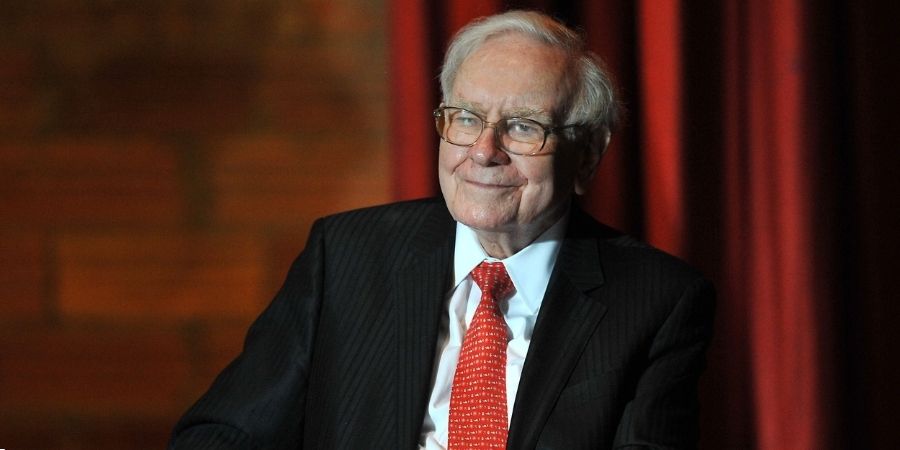Today’s businesses face many challenges. In addition to maintaining viability and consistently achieving its goals, a business must be ethical, sustainable, and open to diversity. These can all be achieved with workplace mindfulness. In the workplace, it’s also critical to maintain healthy relationships with employees, manage conflicts, and maintain authority and hierarchy. In terms of managing the work environment, managers and executives use a variety of tactics and strategies to ensure that employees are trustworthy and reliable. In our previous blogs, we covered leadership skills, such as developing authenticity, managing work conflicts, and business ethics.
We want to emphasize workplace mindfulness in today’s article as a practice that can be incorporated to reduce stress and promote positivity.
The ability to be more focused and in the now is the essence of mindfulness. According to studies, mindfulness improves mental health in general and anxiety management in particular.
Better work performance is made possible by less stress and enhanced attentiveness, which in turn leads to an improvement in production.
Training Programs for Mindfulness in the Workplace
Implementing mindfulness training programs is one successful strategy that businesses are using.
These organized programs, which are frequently run by licensed teachers or mental health specialists, teach staff members different mindfulness practices like body scanning, meditation, and breath awareness.
Businesses that invest time and money in these initiatives not only show their dedication to the welfare of their employees, but also give them useful skills for stress management, improving concentration, and developing emotional intelligence.
Businesses that have effectively used mindfulness training programs include Google, Nike, and Aetna, which have reported notable gains in worker happiness, output, and overall organizational performance.
According to research, putting mindfulness programs into place improved employee performance by 10% and their communication skills by 11%.
Specialized Spaces for Workplace Mindfulness
The establishment of specific workplace mindfulness areas is another cutting-edge strategy that is gaining popularity.
These peaceful spaces, which are frequently adorned with natural materials, offer staff members a calm setting in which to engage in mindfulness exercises like yoga, meditation, or just pausing to rest and rejuvenate.
Businesses recognize the value of providing opportunities for mental relaxation among the everyday demands of work by providing these designated locations.
Cultural Integration and Mindful Leadership
Although specialized areas and mindfulness training programs are useful tactics, a top-down strategy is necessary for actual cultural integration.
Businesses like Salesforce and Comcast have adopted mindful leadership, with managers and executives setting a good example and encouraging mindfulness among their staff members.
As a result of seeing leaders live up to their ideals, this strategy not only improves the culture of the workplace overall but also cultivates a sense of accountability and authenticity.
Businesses can develop a mindful mentality that penetrates every facet of their operations by incorporating mindfulness into strategic planning, decision-making procedures, and day-to-day operations.
This all-encompassing strategy can result in better communication, increased emotional intelligence, and more deliberate decision-making, all of which will eventually strengthen the organization’s resilience and overall performance.
Final Remarks
When discussing corporate leadership, people tend to focus only on the financial results. Everything is at its best as long as the company is profitable.
Although this viewpoint may appear useful at first glance, it should be clear that it is a lackluster approach to business. Leaders need to understand that businesses have a huge social influence. They have a significant impact on their surroundings as well as the individuals that work there. People create businesses. Regardless of the size of their responsibilities, every employee is vital to the company’s survival.
By managing their influence on society, the environment, and the workplace, leaders may create better communities by learning about ethical business practices. Leaders of today need to start actually caring about their workers’ welfare instead of merely their output and financial success. Even so, it is reasonable to assume that happier workers always perform better. It’s time to look at the people and communities that create the businesses rather than just the numbers.













